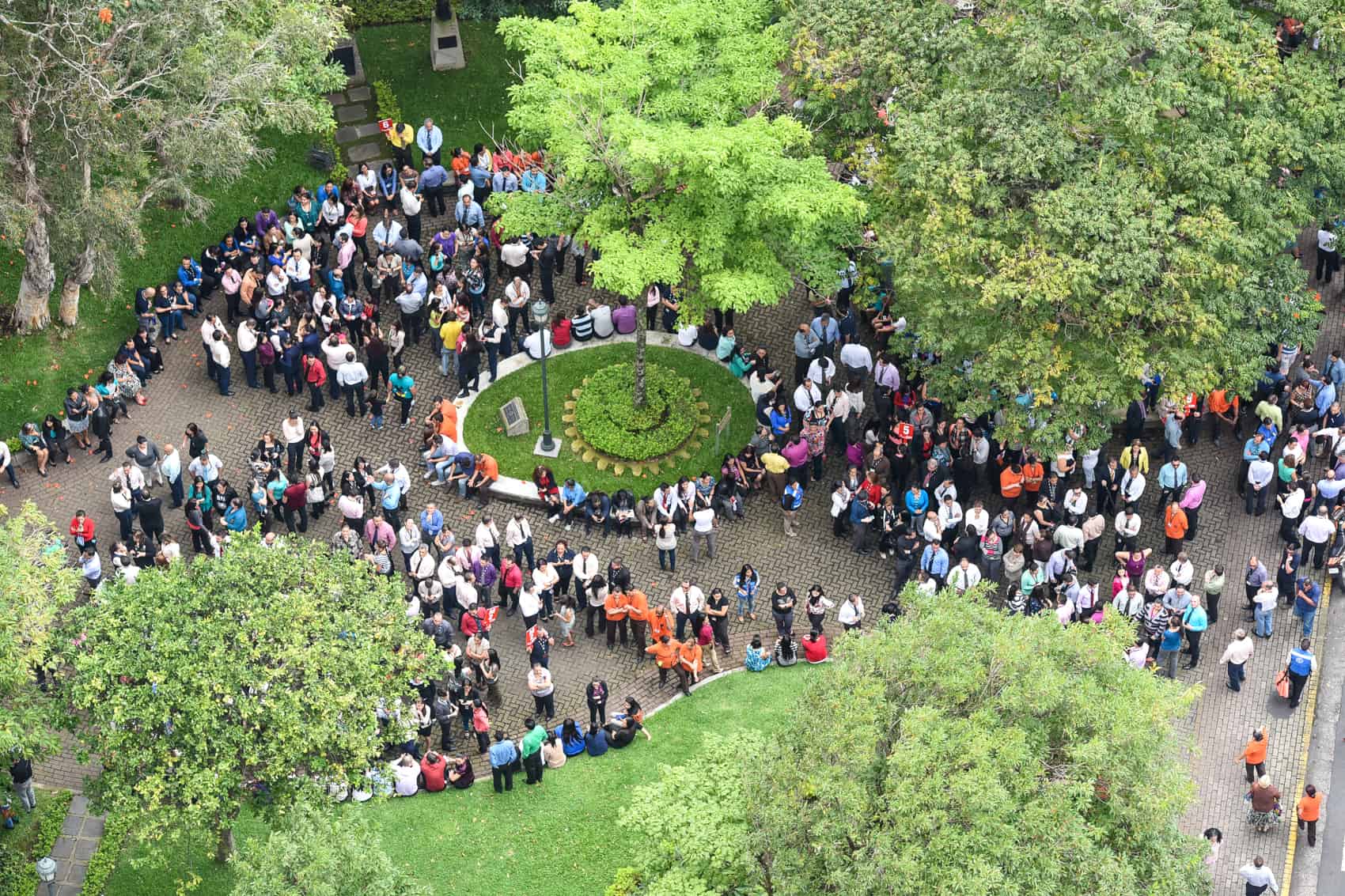If you live in an area that is prone to earthquakes, it’s important to know what to do when one hits.
Costa Rica is one of those places.
According to the National Emergency Commission (CNE), Costa Rica averages 350 earthquakes each month, or about 12 each day. You’d be hard-pressed to notice the majority of them — you might not feel it at all, or mistake it for a truck rumbling down the street.
But every once in a while, an earthquake causes significant damage in Costa Rica. (Want a reminder? Here’s a list!)
The United States’ Department of Homeland Security recommends the following when an earthquake hits:
- If you are in a vehicle, pull over and stop. Set your parking brake.
- If you are in bed, turn face down and cover your head and neck with a pillow.
- If you are outdoors, stay outdoors away from buildings.
- Do not get in a doorway.
- Do not run outside.
Costa Rica’s CNE says to “first and foremost, remain calm.” Following the quake, if you are indoors, walk outside when able — taking stairs instead of elevators — to an area away from damaged buildings and electric power lines. Their recommendations:
- Stay calm. When able, evacuate to previously identified safe areas.
- If inside a building, follow the emergency exits. Otherwise, find a door frame or seek shelter under a very strong table or desk.
- Stay away from windows, mirrors, and glass items that can break, and do not lean on walls. Stay away from stoves or other hot utensils.
- Do not use an elevator or stairs while the earthquake is still occurring.
- If driving, stop the vehicle away from bridges and utility poles.
- In public and crowded places (cinema, theater, stadium, classroom), maintain order. If there is difficulty evacuating, remain in place, covering your head and neck with your arms and lowering your head to your knees.
- Remain in a safe place and stay attentive to the official CNE report indicating that everything can return to normal.
CNE is hosting a nationwide earthquake simulacrum, or drill, at 7 p.m. on Wednesday, August 11 to help Costa Rica prepare for evacuations in the event of a large tremor. The organization expects thousands of people across the country to participate in the event.
To participate in the simulacro:
- If you haven’t already, sign up by completing this form.
- Learn safe evacuation methods and plan an evacuation route using CNE documentation.
- Evacuate! At 7 p.m. on August 11, evacuate (using your planned evacuation route) as if there had been a major earthquake.
Simulacro CR, a mobile phone application available for iOS and Android, offers information on how to prepare an emergency plan for a safe evacuation in the context of Covid-19. It also provides the tools needed to participate in the evacuation exercise.
This will be the third earthquake drill of this scale in Costa Rica, and the first such event at night.
“We carry out the third national drill through a night evacuation exercise, to strengthen the country’s capacities in emergency situations in the context of COVID 19,” the CNE says.






